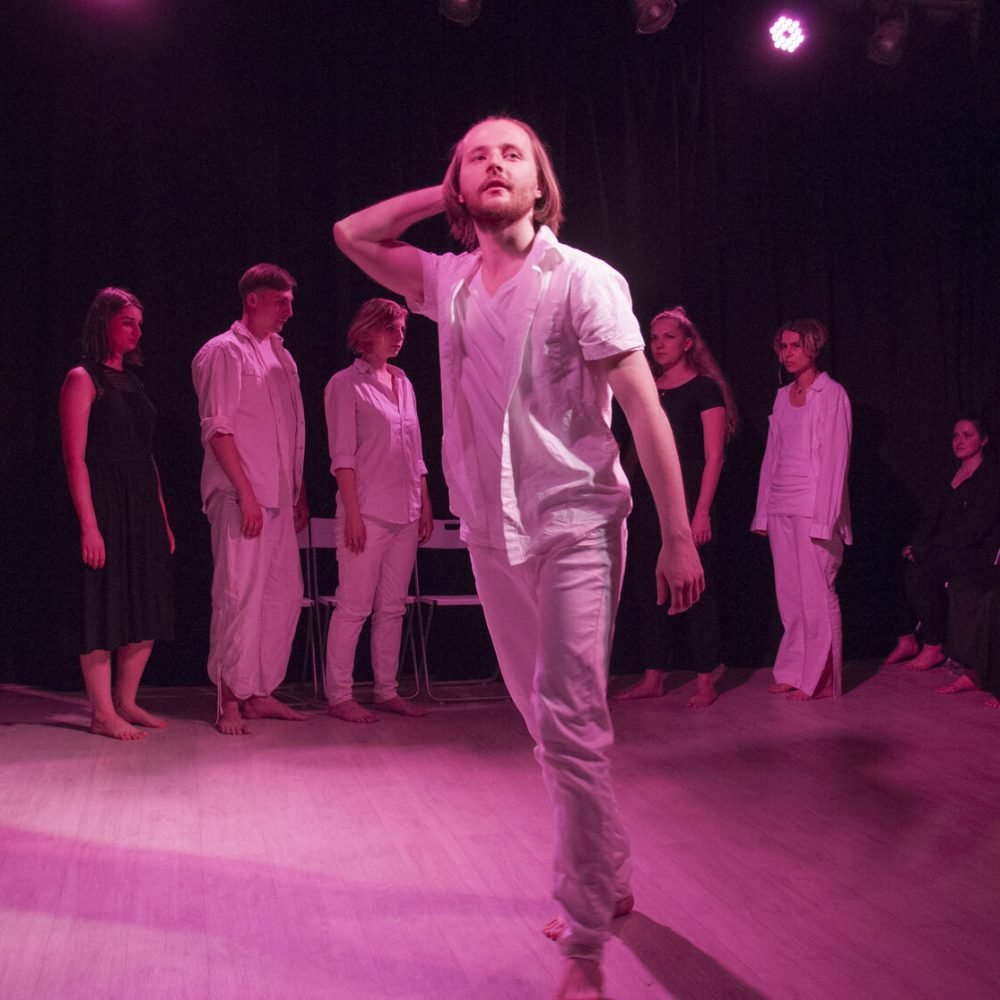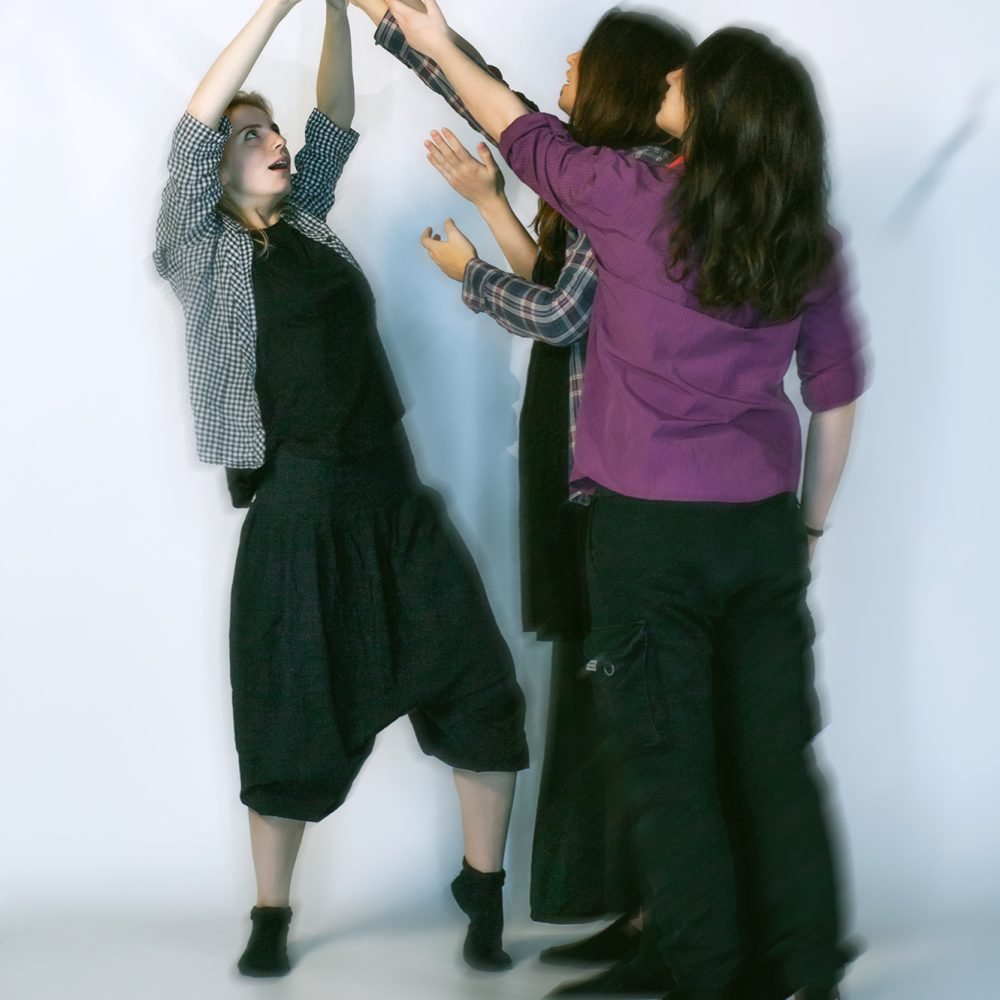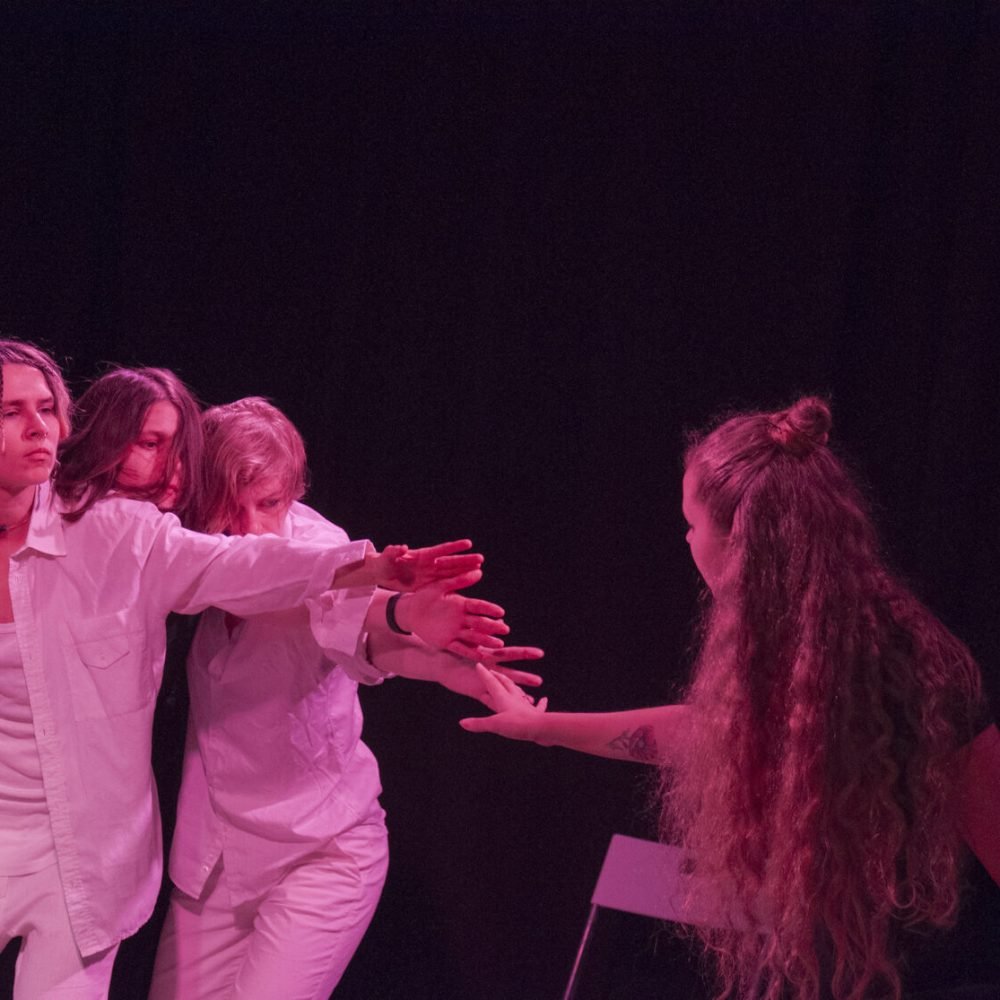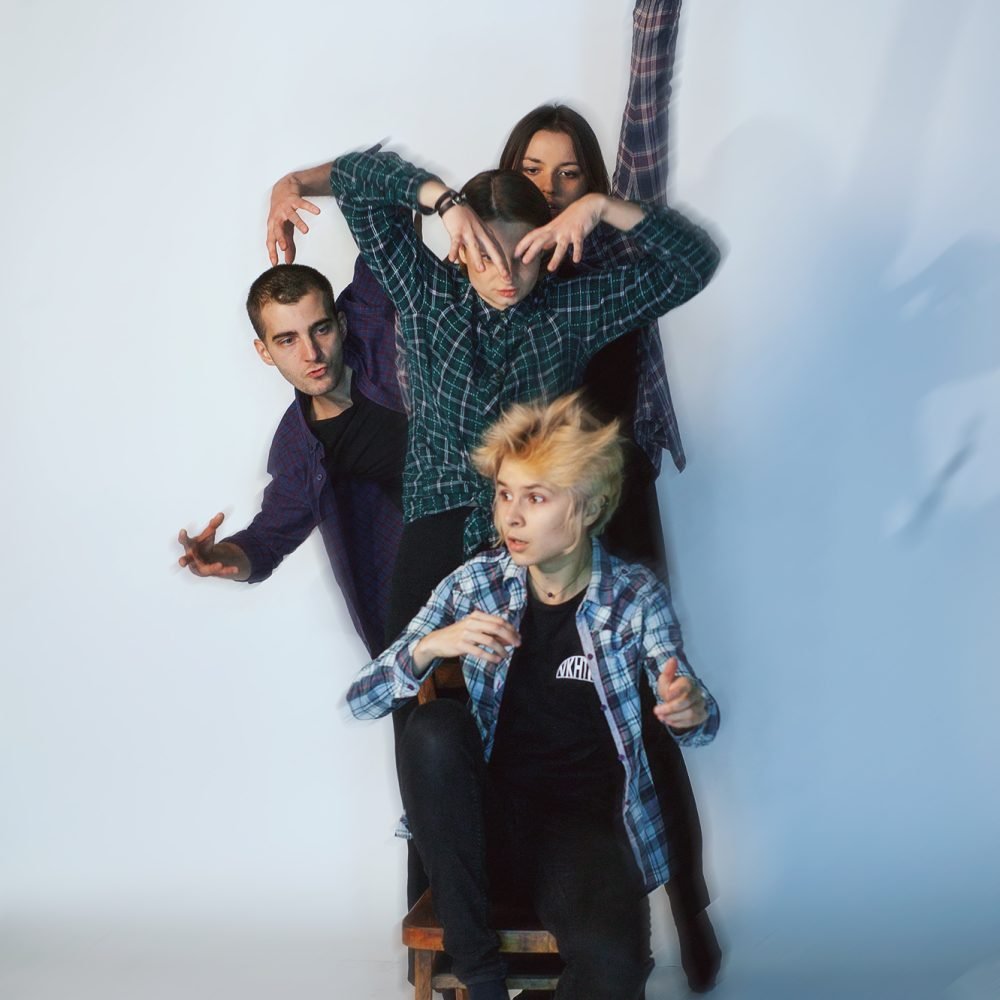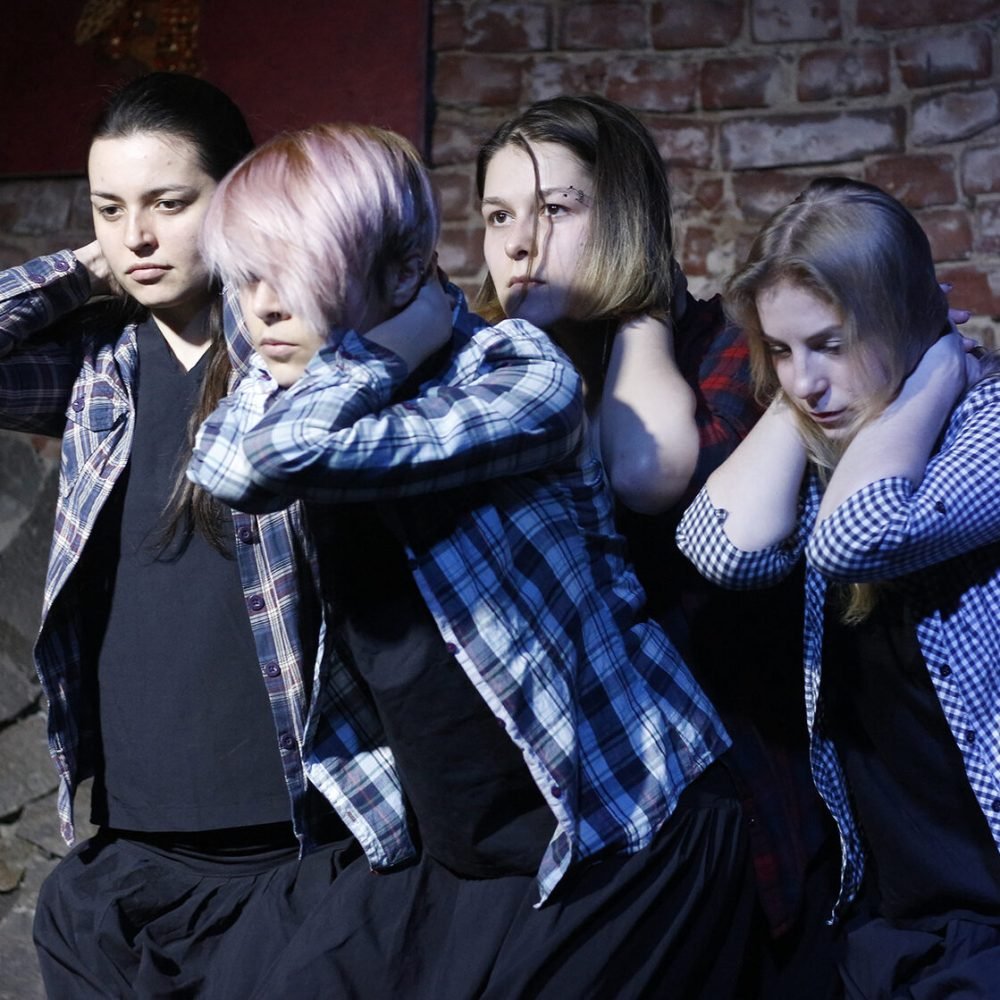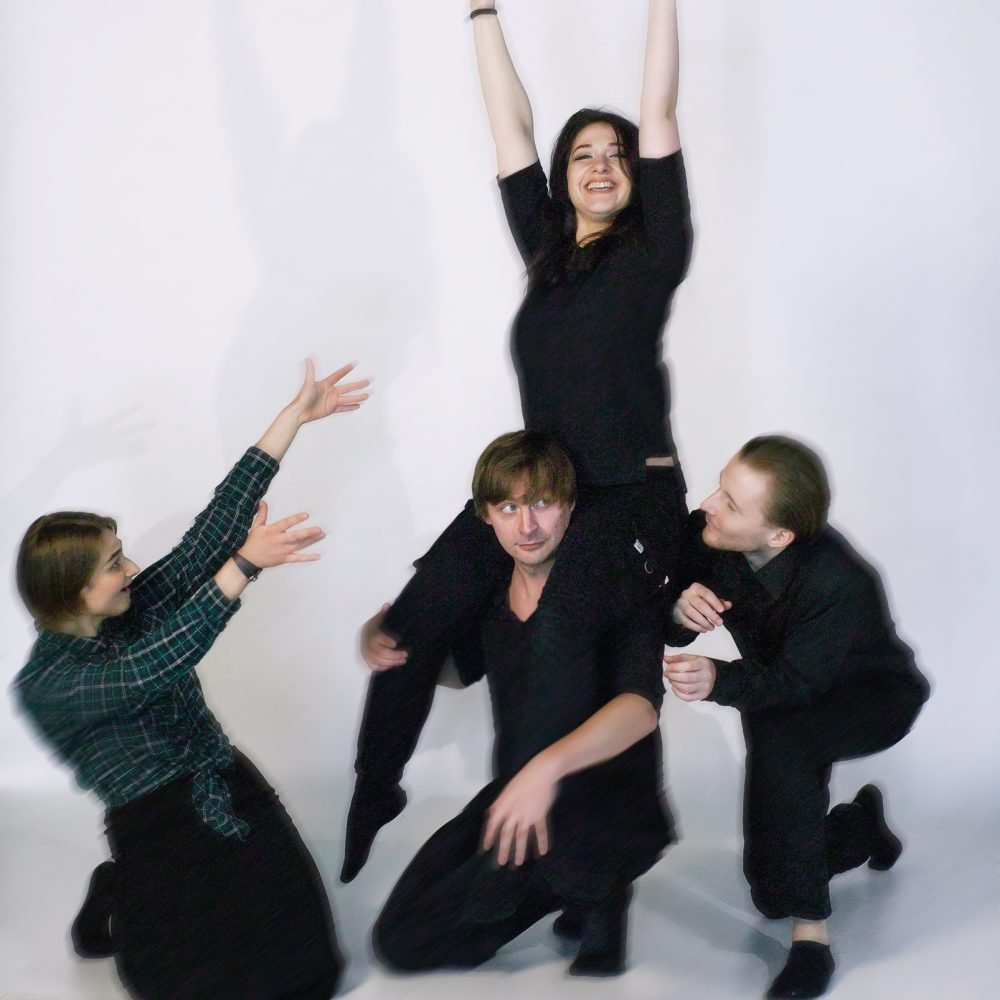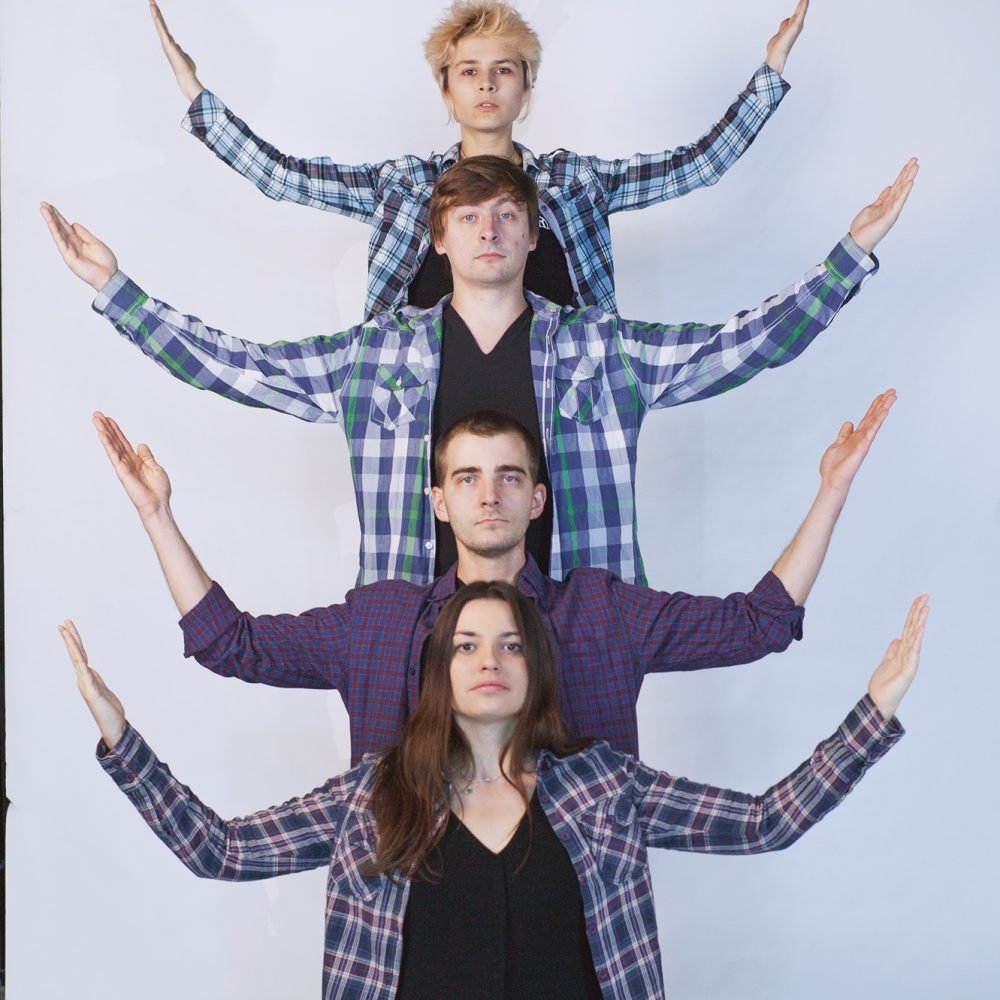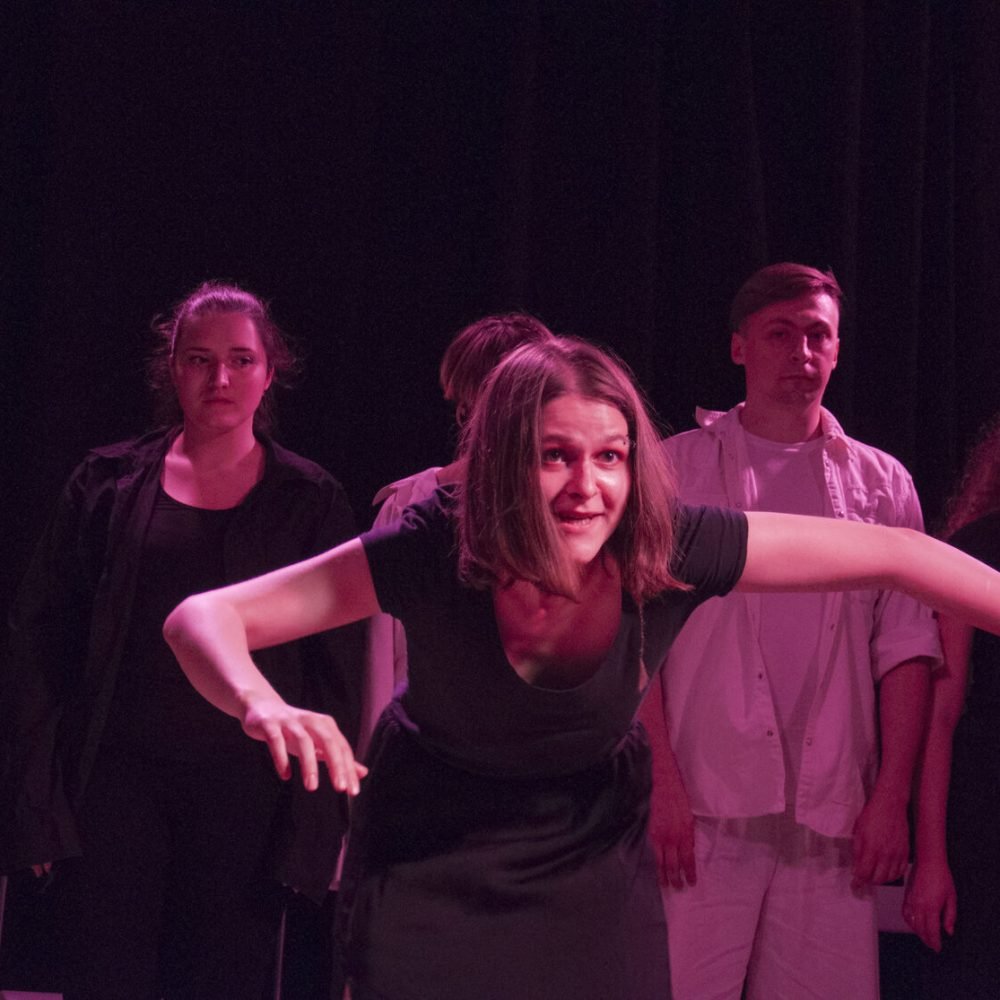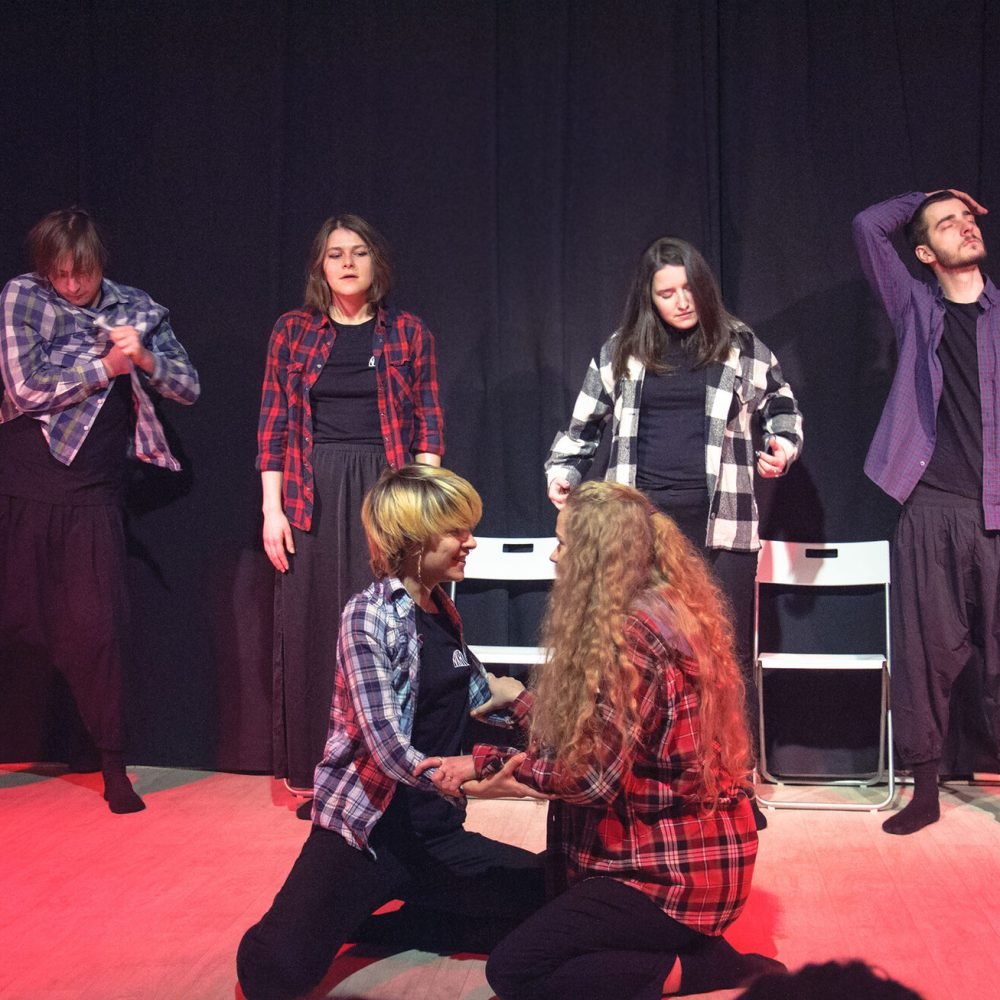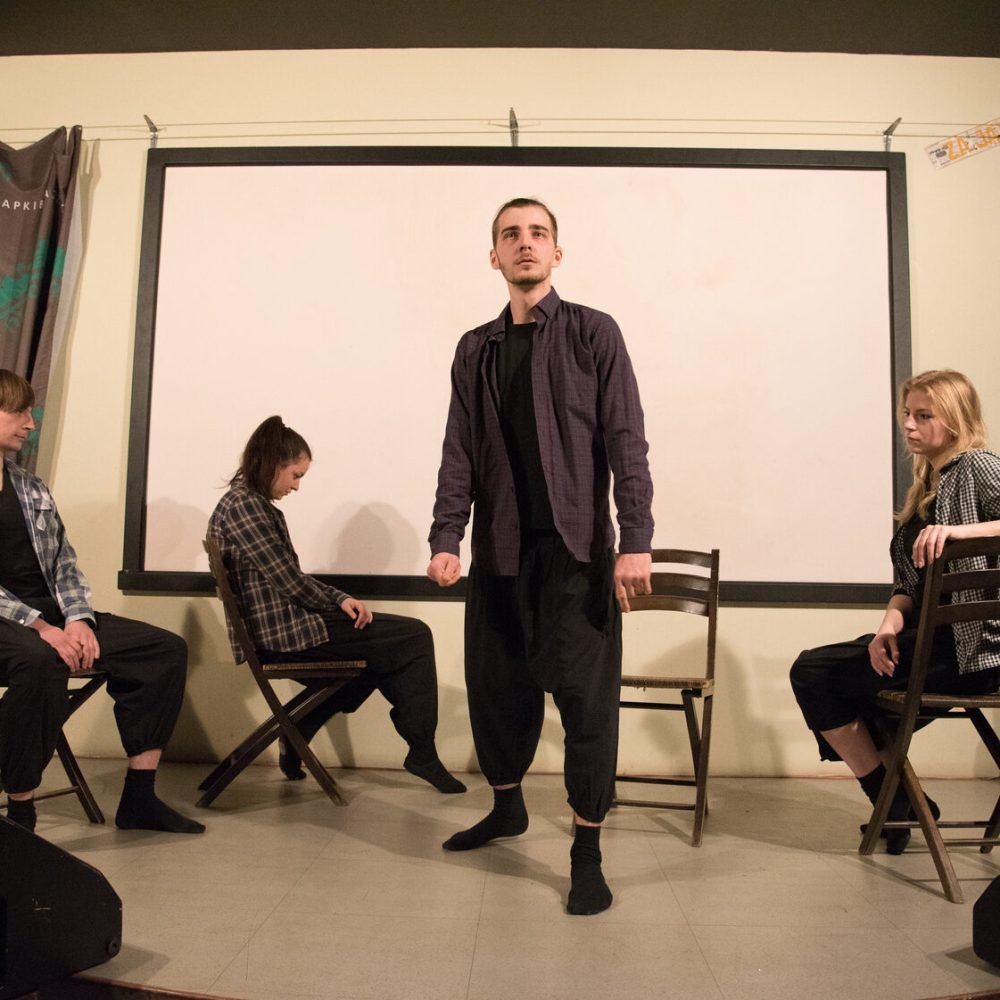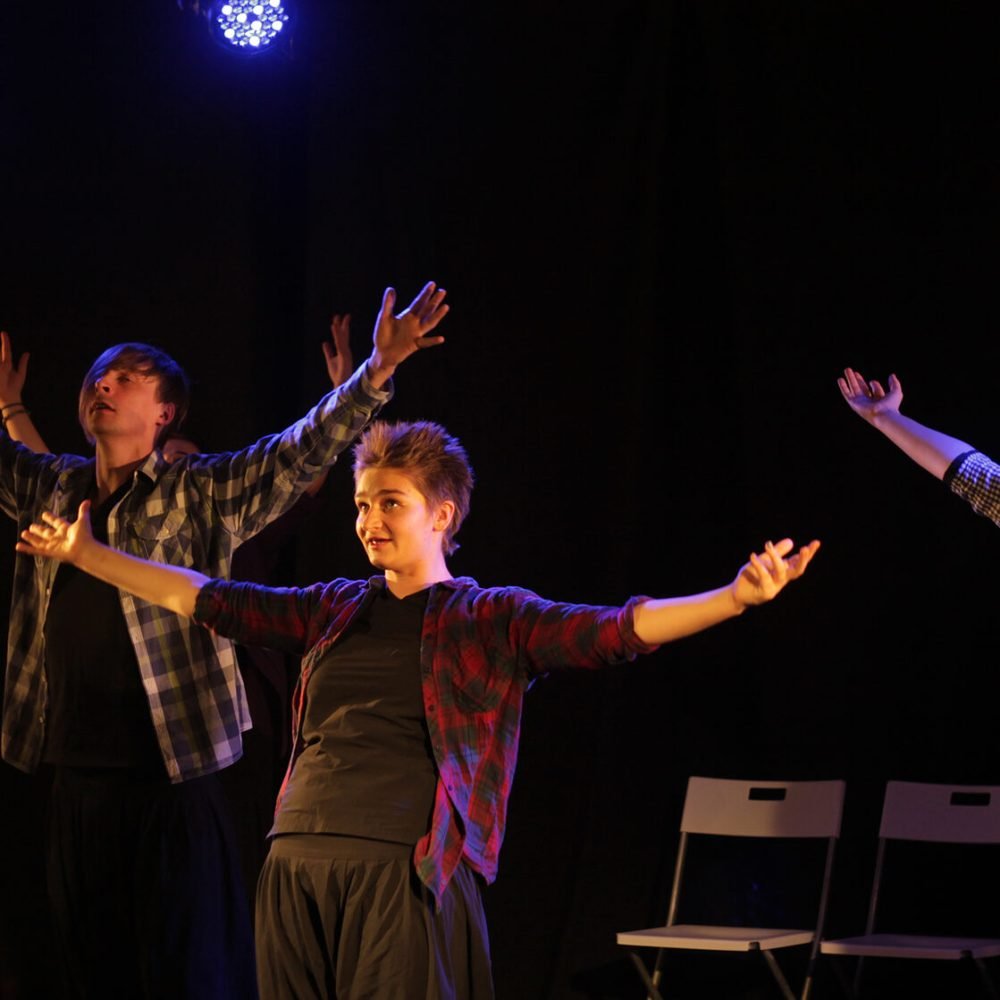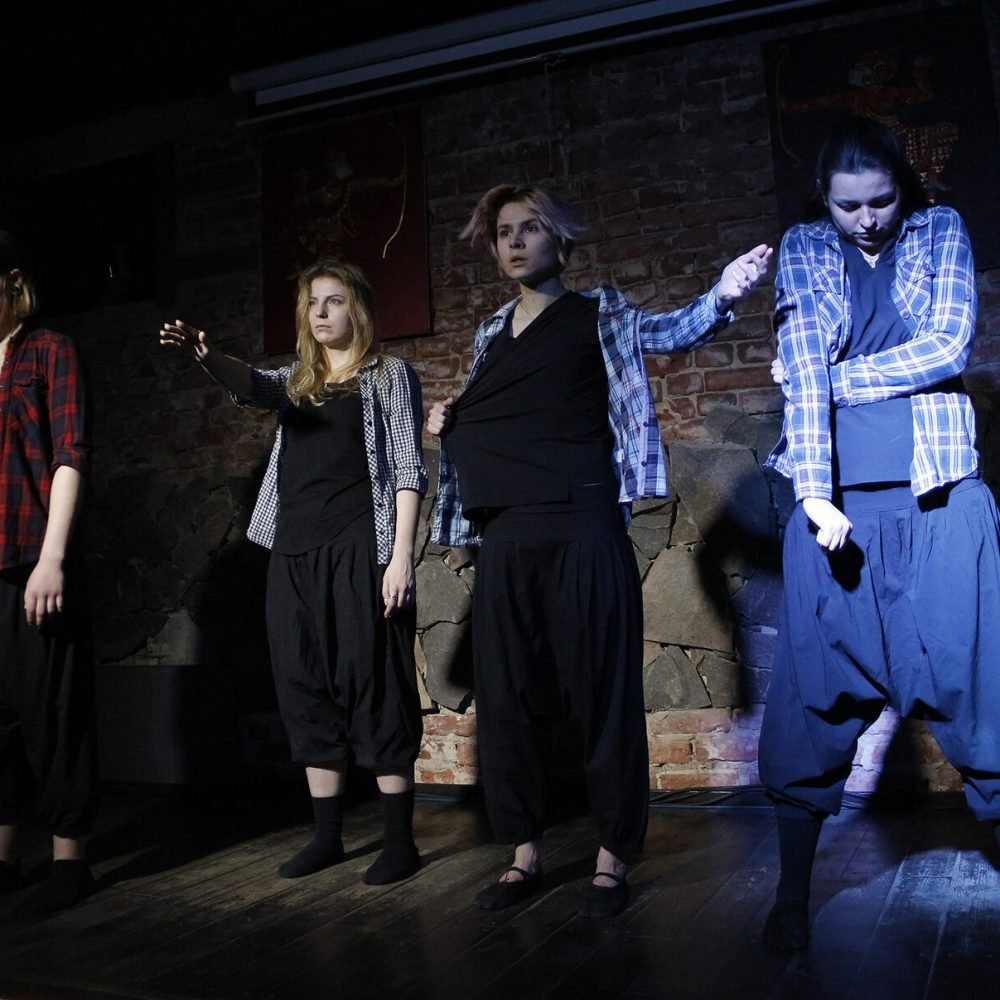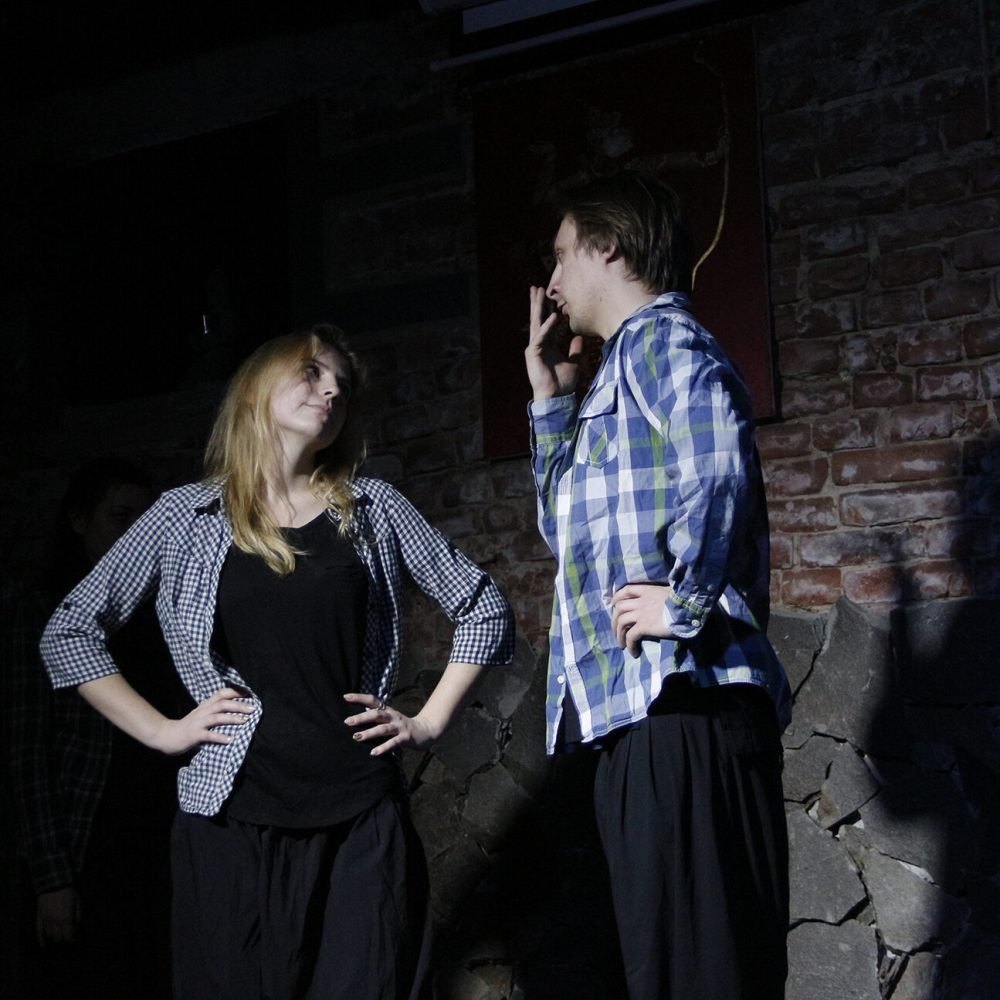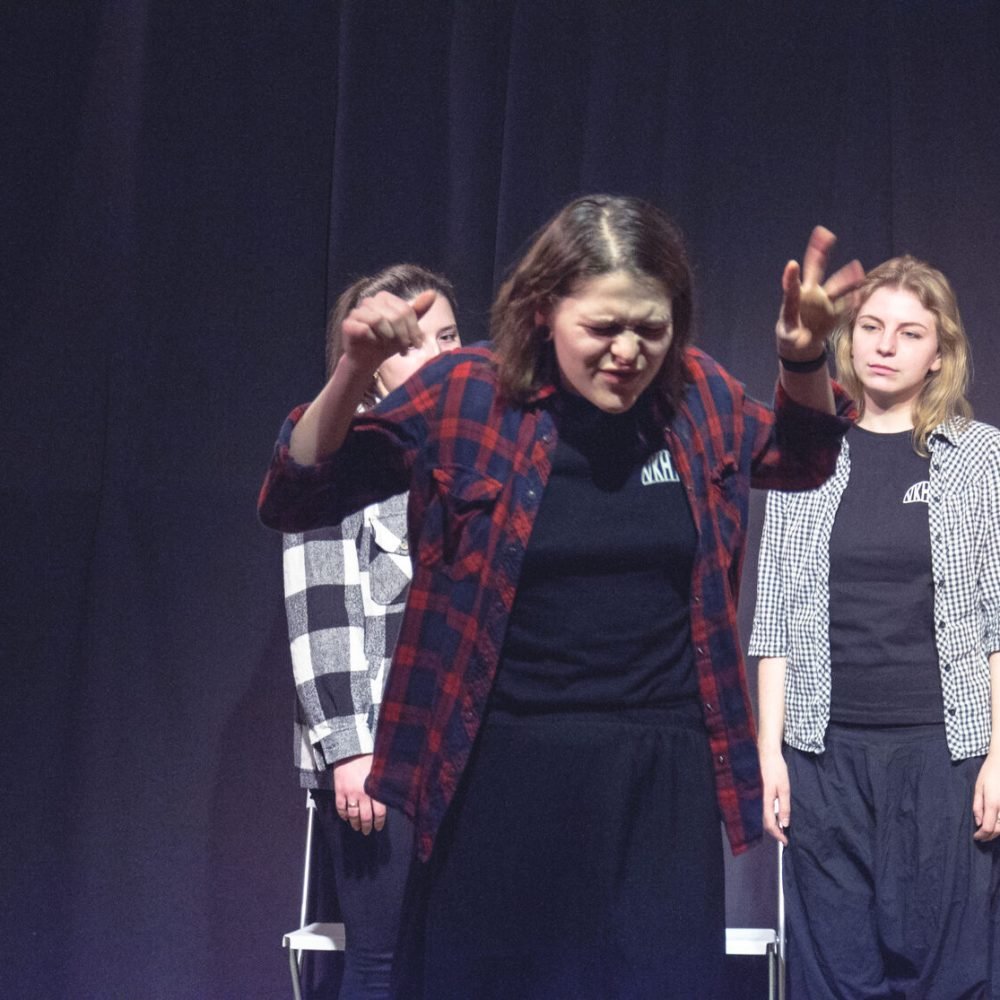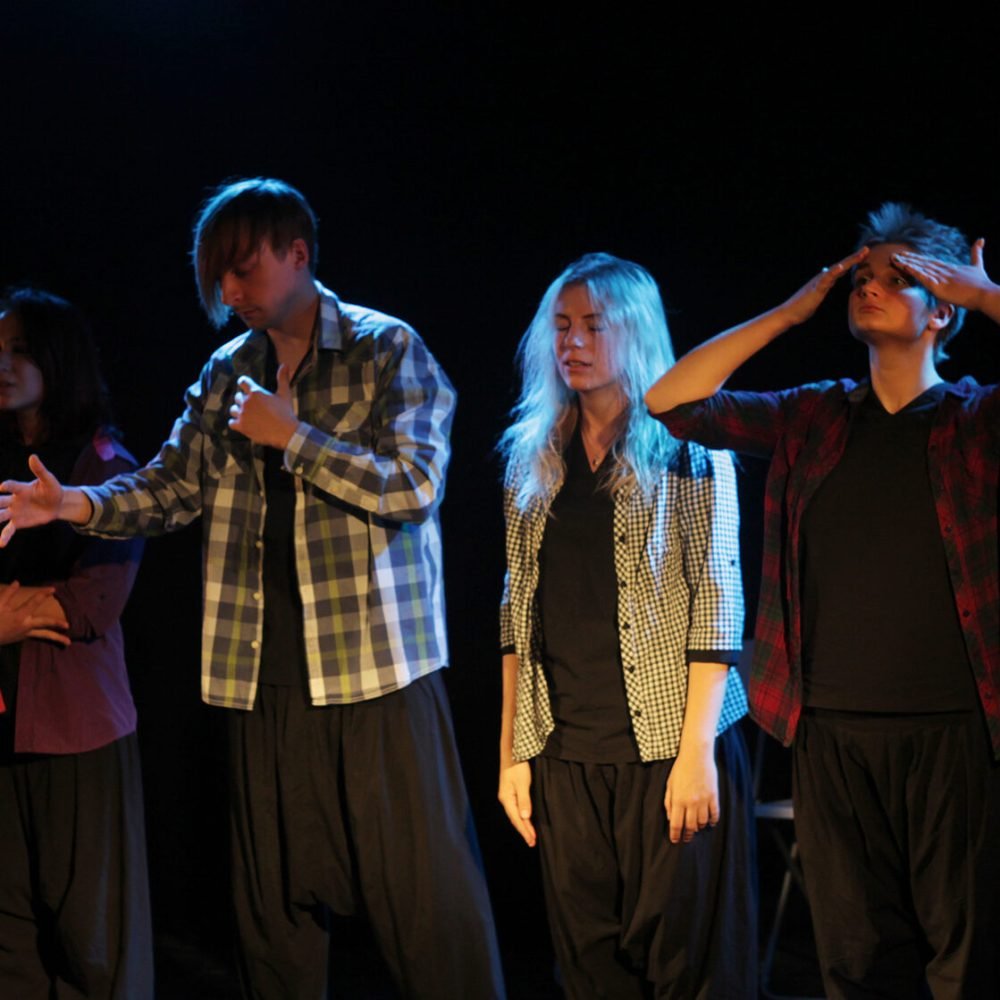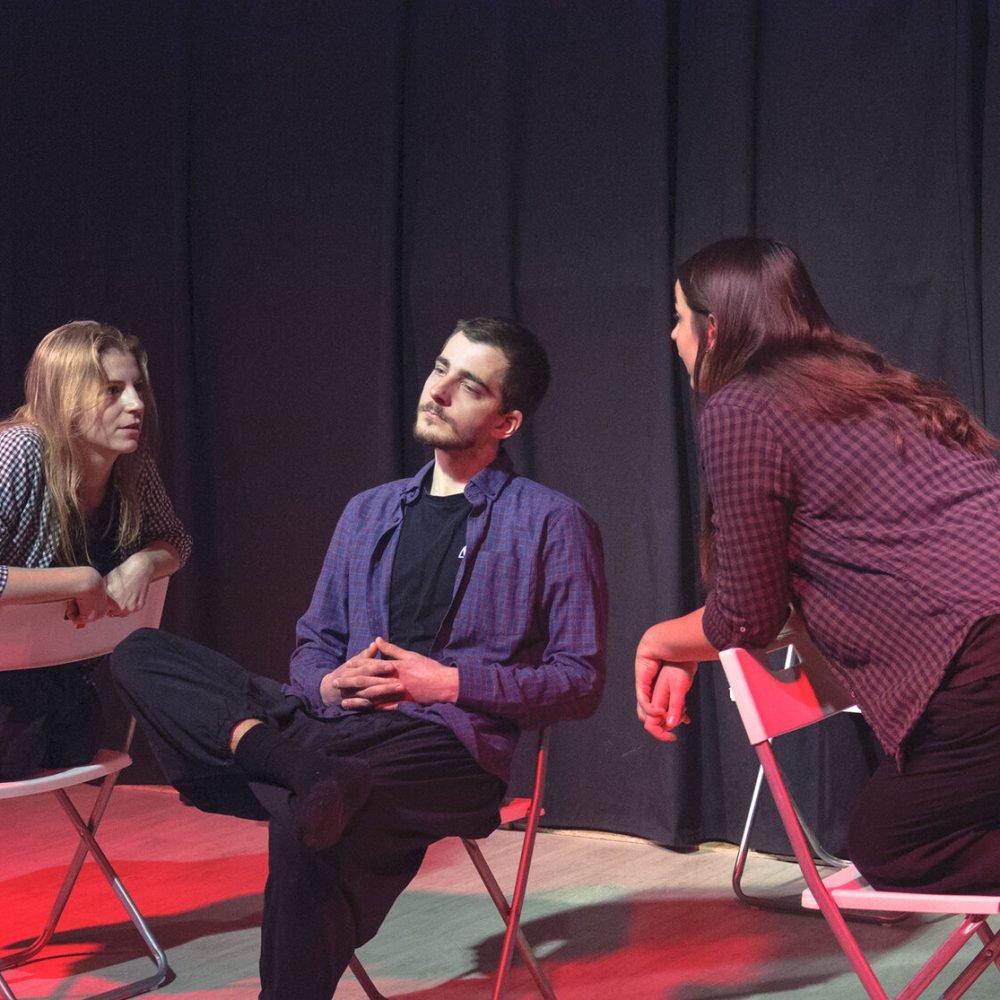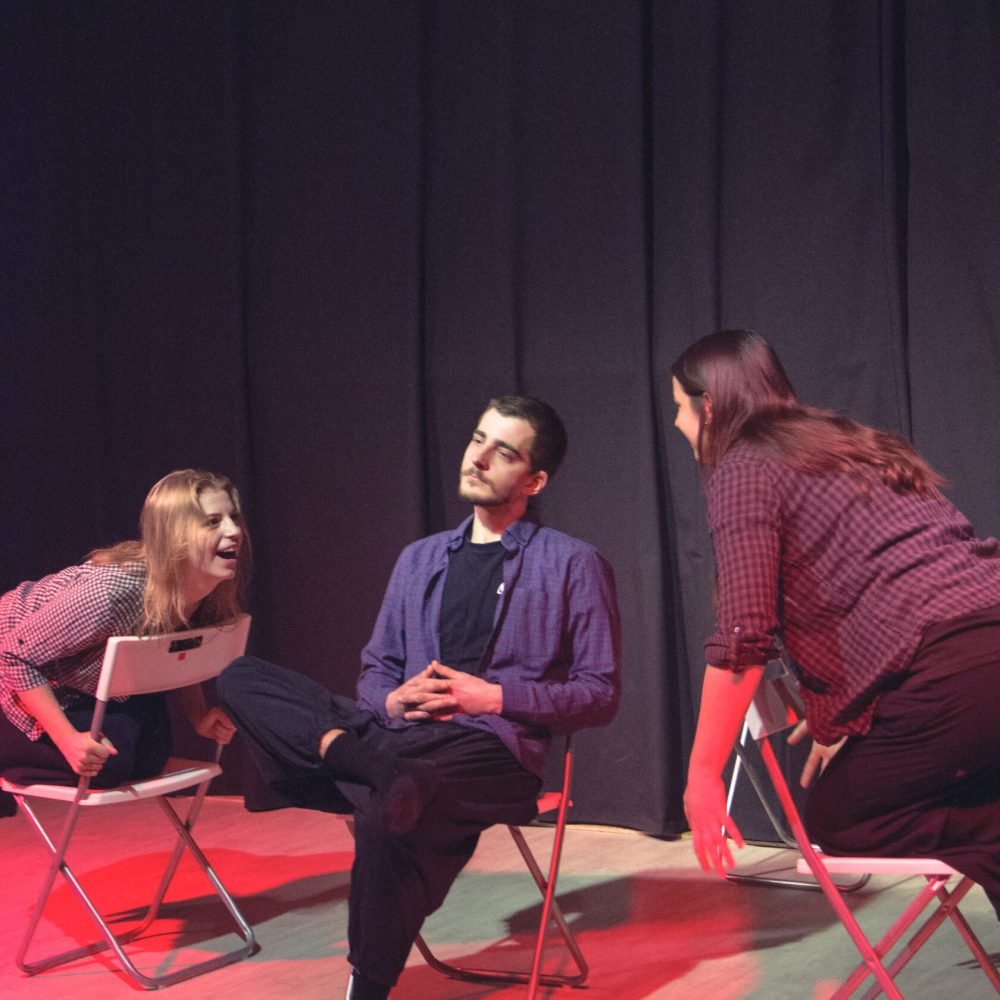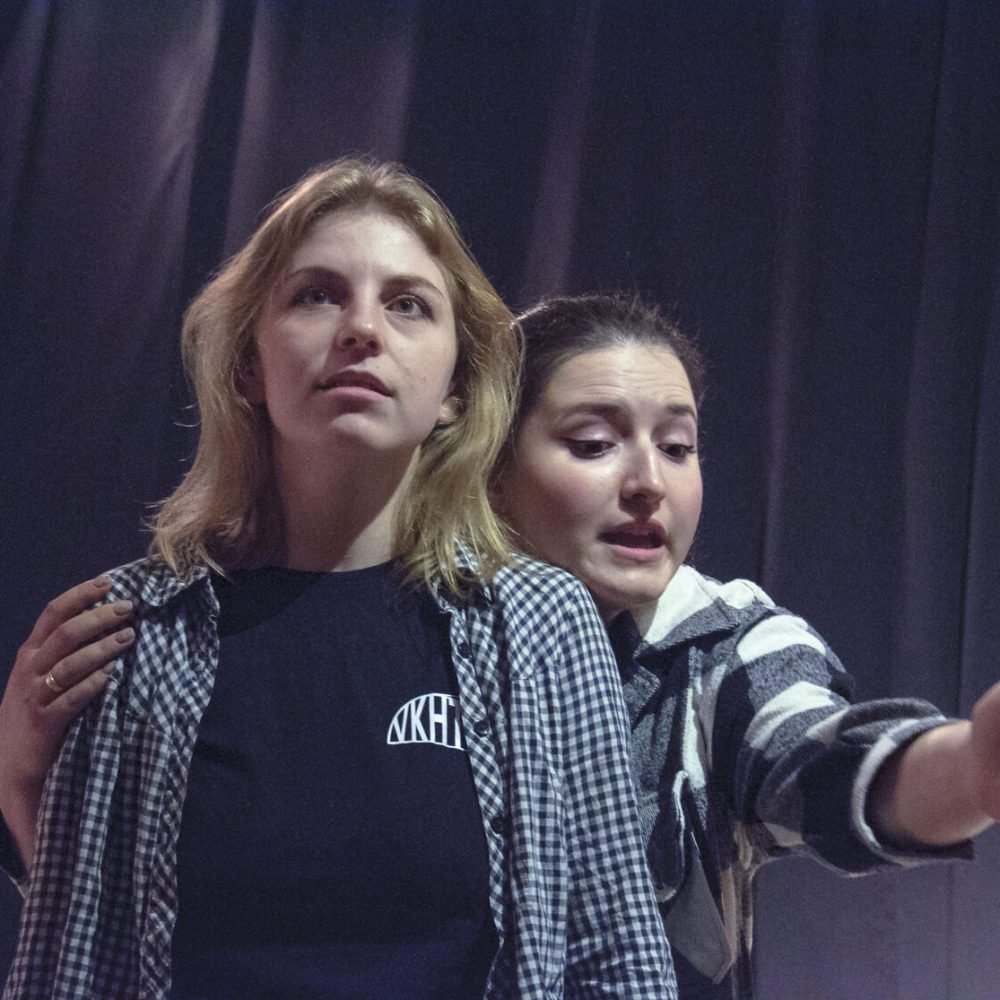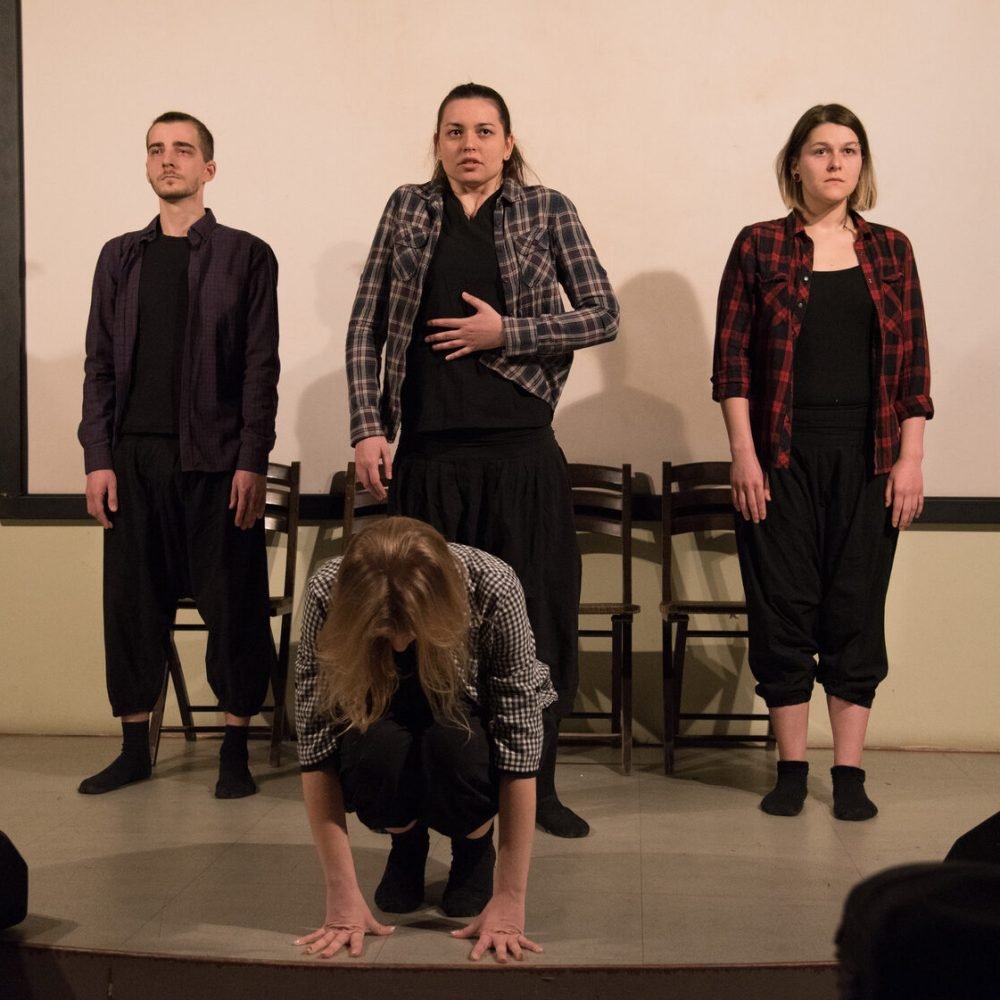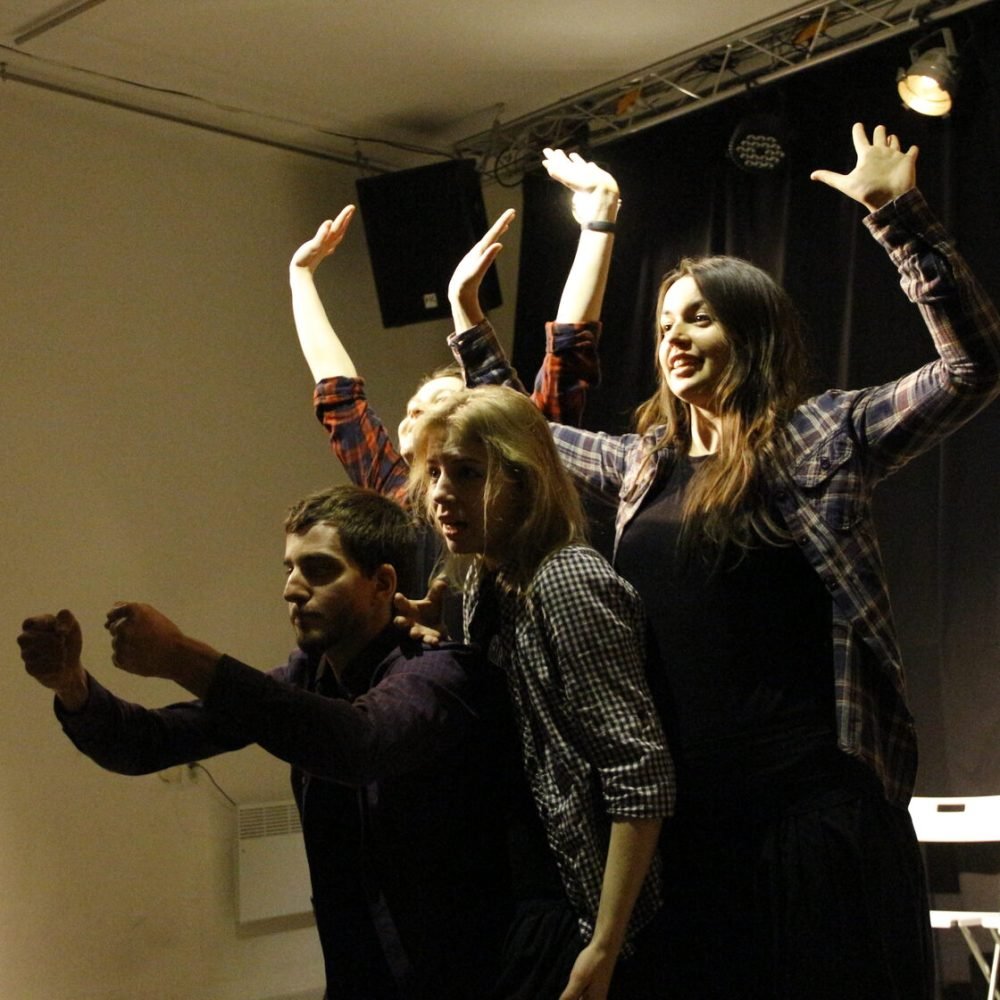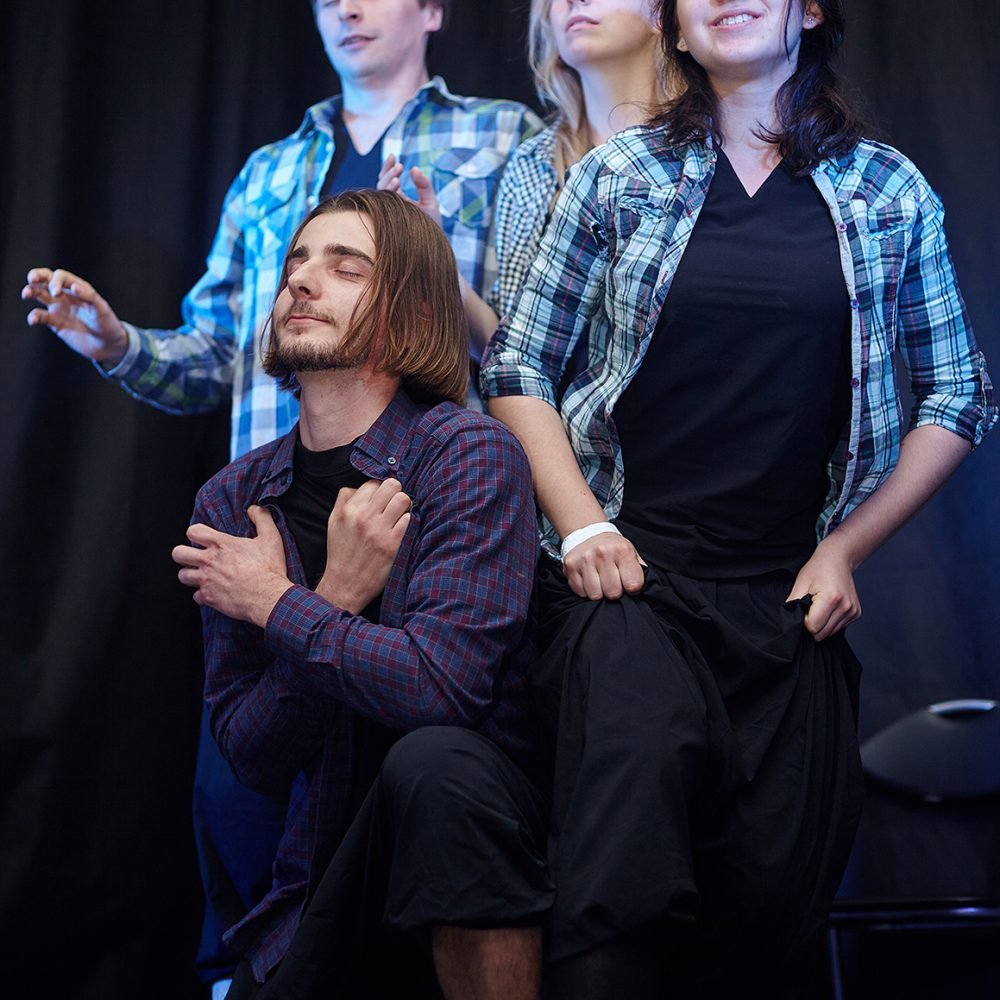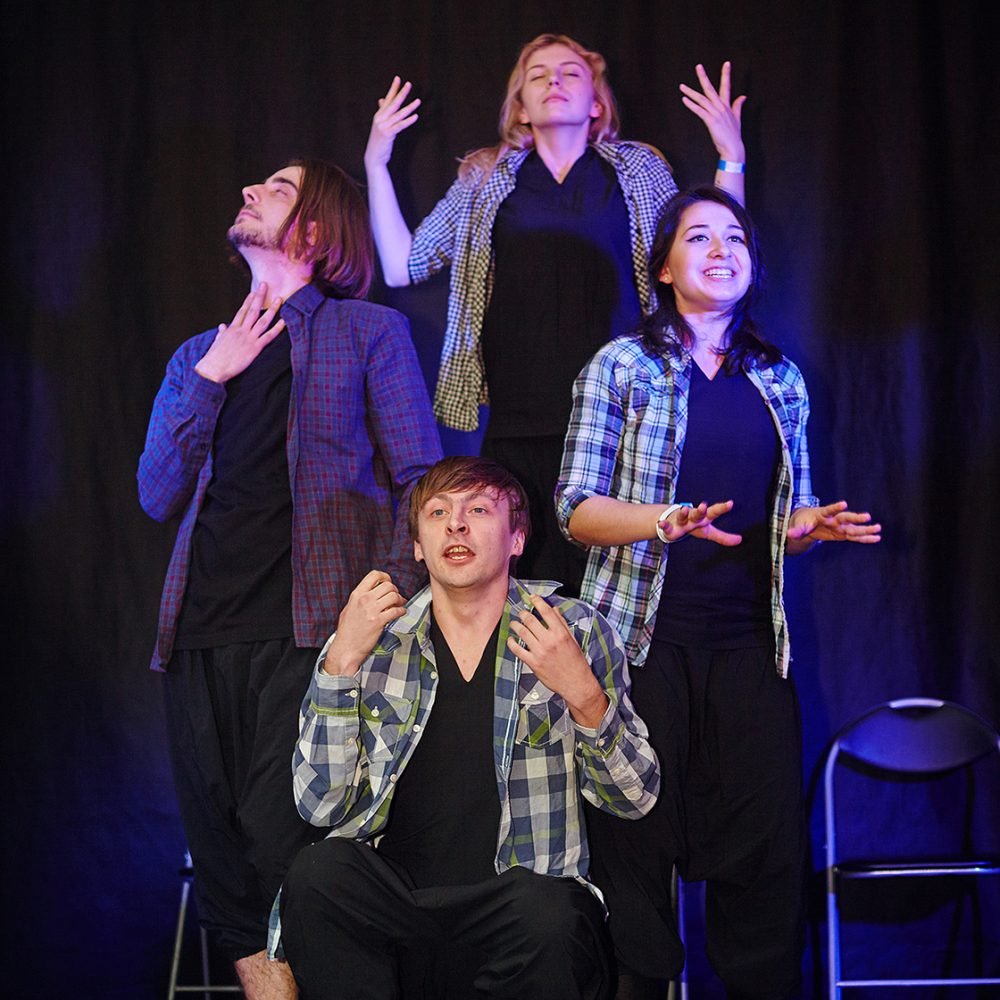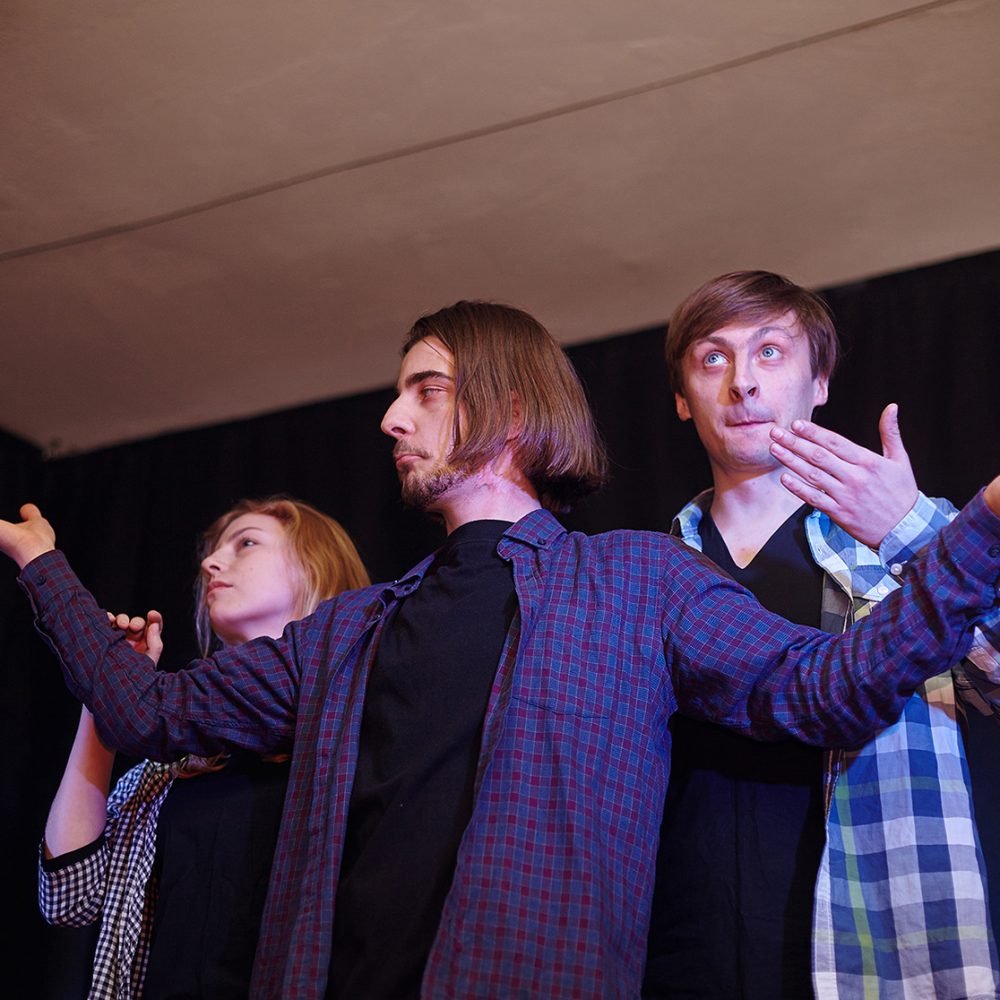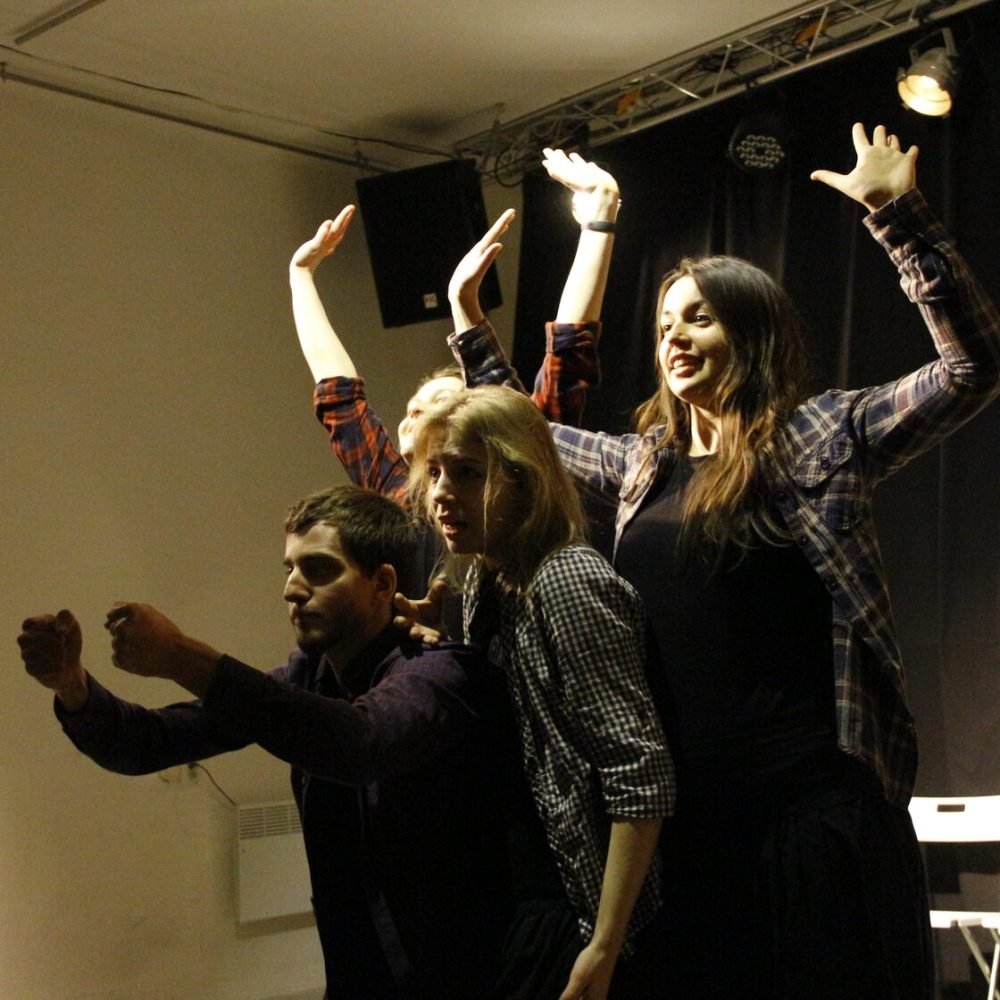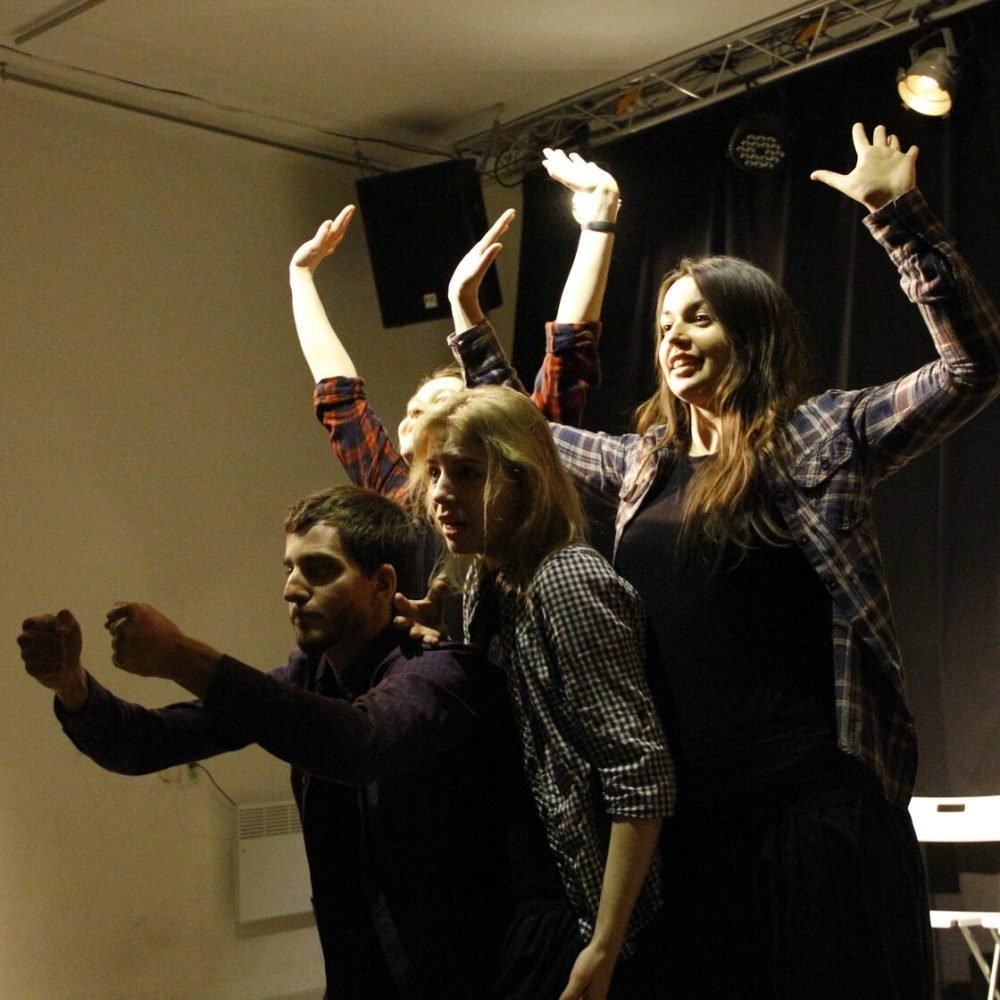Policy regarding the processing of personal data
1.General provisions This personal data processing policy has been drawn up following the requirements of the Law of Ukraine “On the Protection of Personal Data” dated 06/01/2010 No. 2297-VI, as well as the General Data Protection Regulation (EU) 2016/679 dated 04/27/2016 (EU General Data Protection Regulation), and determines the procedure for processing personal data and measures to ensure the security of personal data taken by Sergienko Anna Pavlovna (hereinafter referred to as the Operator).
Policy regarding the processing of personal data
1.1. The operator sets as its most important goal and condition for the implementation of its activities the observance of the rights and freedoms of a person and a citizen in the processing of his data, including the protection of the privacy rights, and personal and family secrets.
1.2. This Operator’s policy regarding the processing of personal data (hereinafter referred to as the Policy) applies to all information that the Operator can receive about visitors to the website https://vakhteryplayback.com/.
2.Basic concepts used in Policy 2.1. Automated processing of personal data – processing of personal data using computer technology;
2.2. Blocking of personal data – temporary suspension of the processing of personal data (unless the processing is necessary to clarify personal data);
2.3. Website – a set of graphic and informational materials, as well as computer programs and databases that ensure their availability on the Internet at the network address https://vakhteryplayback.com/;
2.4. Information system of personal data – a set of personal data contained in databases, and information technologies and technical means that ensure their processing;
2.5. Depersonalization of personal data – actions as a result of which it is impossible to determine, without the use of additional information, the ownership of personal data by a specific User or another subject of personal data;
2.6. Processing of personal data – any action (operation) or a set of actions (operations) performed with or without the use of automation tools with personal data, including collection, recording, systematization, accumulation, storage, clarification (updating, changing), extraction, use, transfer (distribution, provision, access), depersonalization, blocking, deletion, destruction of personal data;
2.7. Operator – a state body, municipal body, legal entity, or individual, independently or jointly with other persons organizing and (or) carrying out the processing of personal data, as well as determining the purposes of processing personal data, the composition of personal data to be processed, the actions (operations) performed with personal data;
2.8. Personal data – any information relating directly or indirectly to a specific or identifiable User of the website https://vakhteryplayback.com/;
2.9. User – any visitor to the website https://vakhteryplayback.com/;
2.10. Providing personal data – actions aimed at disclosing personal data to a certain person or a certain circle of persons;
2.11. Dissemination of personal data – any actions aimed at disclosing personal data to an indefinite circle of persons (transfer of personal data) or familiarizing with the personal data of an unlimited number of persons, including the disclosure of personal data in the media, placement in information and telecommunication networks or providing access to personal data in any other way;
2.12. Cross-border transfer of personal data – transfer of personal data to the territory of a foreign state to an authority of a foreign state, a foreign individual, or a foreign legal entity;
2.13. Destruction of personal data – any actions as a result of which personal data is irretrievably destroyed with the impossibility of further restoration of the content of personal data in the information system of personal data and (or) material carriers of personal data are destroyed.
3.The Operator may process the following personal data of the User
3.1. Email address;
3.2 Phone number;
3.3. The site also collects and processes anonymous data about visitors (including cookies) using Internet statistics services (Google Analytics and others).
3.4. The above data further in the text of the Policy are united by the general concept of Personal data.
4.Purposes of personal data processing
4.1. The purpose of processing the User’s data is to inform the User by sending e-mails or making phone calls.
4.2. The Operator also has the right to send notifications to the User about new products and services, special offers, and various events. The User can always refuse to receive informational messages by sending an email to the Operator to the e-mail address vahteryplayback@gmail.com with the note “Opt-out of notifications about new products and services and special offers”.
4.3. Impersonal data of Users collected using Internet statistics services are used to collect information about the actions of Users on the site, and improve the quality of the site and its content.
5.Legal grounds for the processing of personal data
5.1. The Operator processes the User’s data only if they are filled in and/or sent by the User independently through special forms located on the site https://vakhteryplayback.com/. By filling out the relevant forms and/or sending their data to the Operator, the User expresses his consent to this Policy.
5.2. The Operator processes anonymized data about the User if it is allowed in the User’s browser settings (saving cookies and using JavaScript technology is enabled).
6.The procedure for collecting, storing, transferring, and other types of personal data processing The security of personal data processed by the Operator is ensured through the implementation of legal, organizational, and technical measures necessary to fully comply with the requirements of the current legislation in the field of personal data protection.
6.1. The Operator ensures the safety of personal data and takes all possible measures to exclude access to the personal data of unauthorized persons.
6.2. The User’s data will never, under any circumstances, be transferred to third parties, except in cases related to the implementation of applicable law.
6.3. In case of detection of inaccuracies in personal data, the User can update them independently by sending a notification to the Operator to the Operator’s e-mail address vahteryplayback@gmail.com marked “Updating personal data”.
6.4. The term for processing personal data is unlimited. The User may at any time withdraw his consent to the processing of personal data by sending the Operator a notification by e-mail to the Operator’s email address vahteryplayback@gmail.com marked “Withdrawal of consent to the processing of personal data”.
7.Cross-border transfer of personal data
7.1. Before the start of the cross-border transfer of personal data, the operator is obliged to make sure that the foreign state to whose territory the transfer of personal data is supposed to be carried out provides reliable protection of the rights of subjects of personal data.
7.2. Cross-border transfer of personal data on the territory of foreign states that do not meet the above requirements can be carried out only if there is written consent of the subject of personal data to the cross-border transfer of his data and/or execution of an agreement to which the subject of personal data is a party.
8.Final provisions 8.1. The User can receive any clarifications on issues of interest regarding the processing of his data by contacting the Operator via e-mail at vahteryplayback@gmail.com.
8.2. This document will reflect any changes in the policy of processing personal data by the Operator. The policy is valid indefinitely until it is replaced by a new version.
8.3. The current version of the Policy in the public domain is located on the Internet at https://vakhteryplayback.com/privacy-policy-2/?lang=en.
